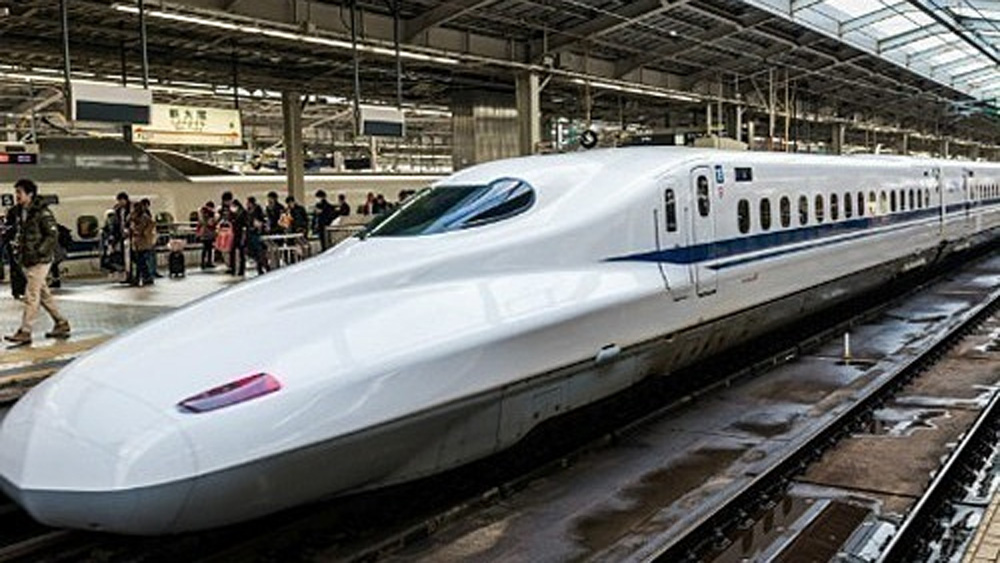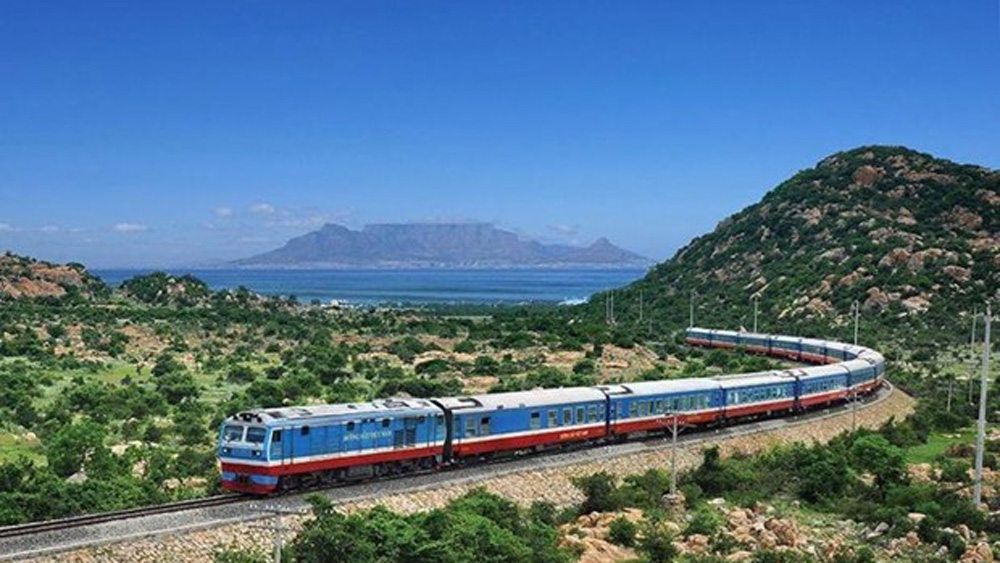Why Vietnam’s proposed high-speed railway won’t extend entire length of the country
Vietnam's proposed high-speed railway, running from Hanoi to HCMC, aims to serve long-distance travel demands, but it won’t span the entire length of the country.
The railway, stretching 1,541 km and crossing 20 localities, has sparked suggestions to extend the line to Lang Son and Ca Mau, the northernmost and southernmost provinces, to boost economic growth and connectivity.
 |
|
An illustration of the expected route of the North-South high-speed railway. |
However, the TEDI-TRICC-TEDI SOUTH consortium, tasked with the project, argues that the high-speed line, a high-capacity and costly investment, needs to be designed with a balance of economic, technical and planning factors in mind. The consortium’s representative explained that at high speeds of at least 250 kph, the railway is best suited for long-distance travel.
According to a railway network planning scheme approved by the Prime Minister in 2021, Lang Son and Ca Mau are already included in other railway projects. The plan features a Lang Son-Hanoi line in the north and an HCMC-Can Tho line in the south. In southern Vietnam, where waterway networks are well-developed, water-based transport remains a more viable option than railways. Furthermore, an expressway linking Can Tho and Ca Mau is being developed as part of the North-South expressway, meeting regional transport needs.
The high-speed line’s exclusion of northeastern provinces like Hai Phong and Quang Ninh is also intentional. The consortium representative noted that the demand for travel between these provinces and Hanoi, typically under 200 km, is better served by road and conventional railways rather than high-speed lines.
Plans are in place to build a Hanoi-Hai Phong line by 2030 and a coastal Nam Dinh-Thai Binh-Hai Phong-Quang Ninh line by 2050, both of which will connect to the high-speed railway.
By 2030, the national railway network will see the addition of nine more railways spanning 2,362 km. By 2050, the network is expected to include 25 lines covering a total of 6,354 km.
 Bắc giang
Bắc giang

.jpg)










Reader's comments (0)